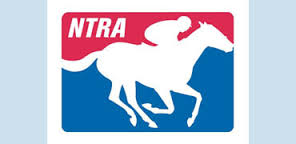From NTRA
LEXINGTON, Ky. (Dec. 17, 2015) – Provisions backed by the National Thoroughbred Racing Association (NTRA) that offer relief for H-2B visa employers such as horse trainers are included in the comprehensive budget and tax legislation agreed to late Tuesday by a bipartisan group of House and Senate negotiators. Congress is expected to pass the legislation before the year’s end. Of particular interest to trainers and others in the Thoroughbred industry who rely on H-2B workers are these beneficial provisions:
- H-2B returning workers are exempt from the annual 66,000 H-2B cap;
- Those paying H-2B wages are allowed the use of private wage surveys, which are not allowed under current H-2B rules;
- Seasonal employment is clearly defined as 10 months of employment, as opposed to nine months in the current H-2B rules;
- The Department of Labor (DOL) is prevented from implementing the provisions of current H-2B rules related to corresponding employment and the 3/4 guarantee requiring a set number of work hours; and
- DOL is prohibited from implementing a burdensome new enforcement scheme related to auditing of employers and certifying officer (CO) assisted recruitment.
“Addressing the shortage of H-2B visas for backstretch workers in Thoroughbred racing has been a legislative priority for the NTRA for some time,” said NTRA President and CEO Alex Waldrop.
“Thoroughbred racing and breeding need comprehensive immigration reform but, for now, these changes to the H-2B visa program are a step in the right direction.”
The H-2B visa program is used by many industries, including horse racing, to access temporary seasonal workers when domestic help is unavailable. Horse trainers typically use the program to hire grooms and other barn help. The lack of documented H-2B workers has significantly hindered the ability of horsemen to hire qualified backstretch employees.
The NTRA will update the industry as the comprehensive budget and tax legislation makes its way through the legislative process to the President’s desk for signature.


